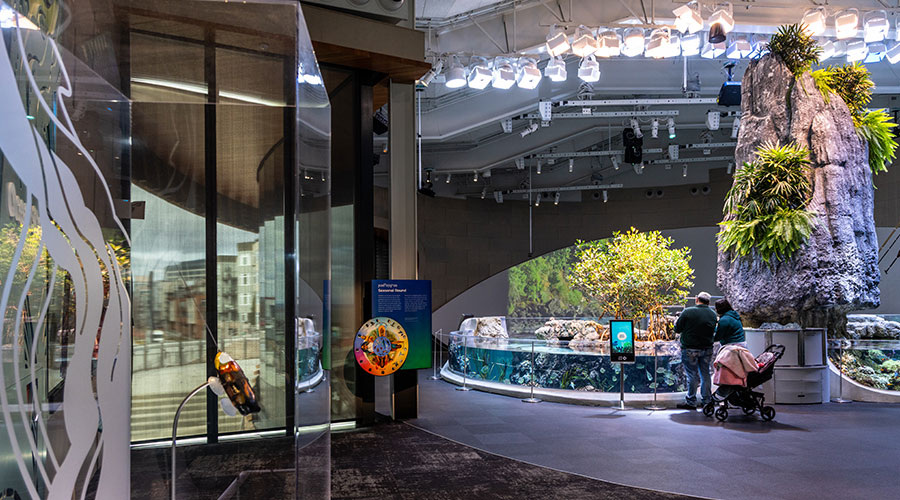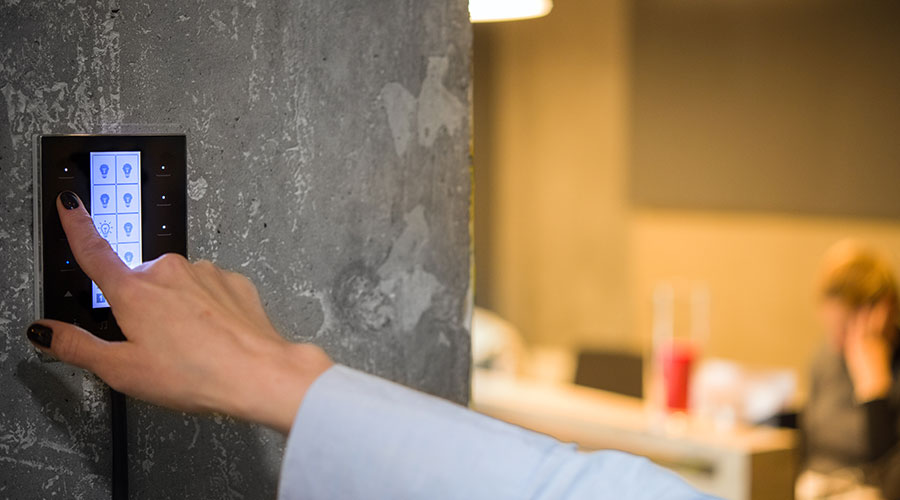Lighting Retrofits: Commercial Buildings Tax Deduction Provides Incentives
To enhance the return on investment and push lighting upgrades, U.S. Congress passed the Commercial Buildings Deduction as part of the Energy Policy Act of 2005. The tax deduction encourages managers to reduce their buildings’ demand for electric energy beyond the national energy standard. Congress recently extended the Commercial Buildings Deduction to Dec. 31, 2013.
What is special about the Commercial Buildings Deduction is an organization can potentially write off the cost of the new lighting in the tax year in which managers place it in service, instead of having to capitalize and depreciate it over time. So it is an accelerated tax deduction.
The Commercial Buildings Deduction essentially has two levels, depending on whether the goal is to achieve savings for the entire building — upgrades of interior lighting, HVAC and hot water, and building envelope — or to achieve savings for systems individually.
These approaches tend to favor new-construction practices. For example, organizations must use qualifying software to conduct energy modeling. As a result, an additional path created specifically for lighting systems, the Interim Lighting Rule, is easy to achieve because it does not require special software.
Related Topics:














